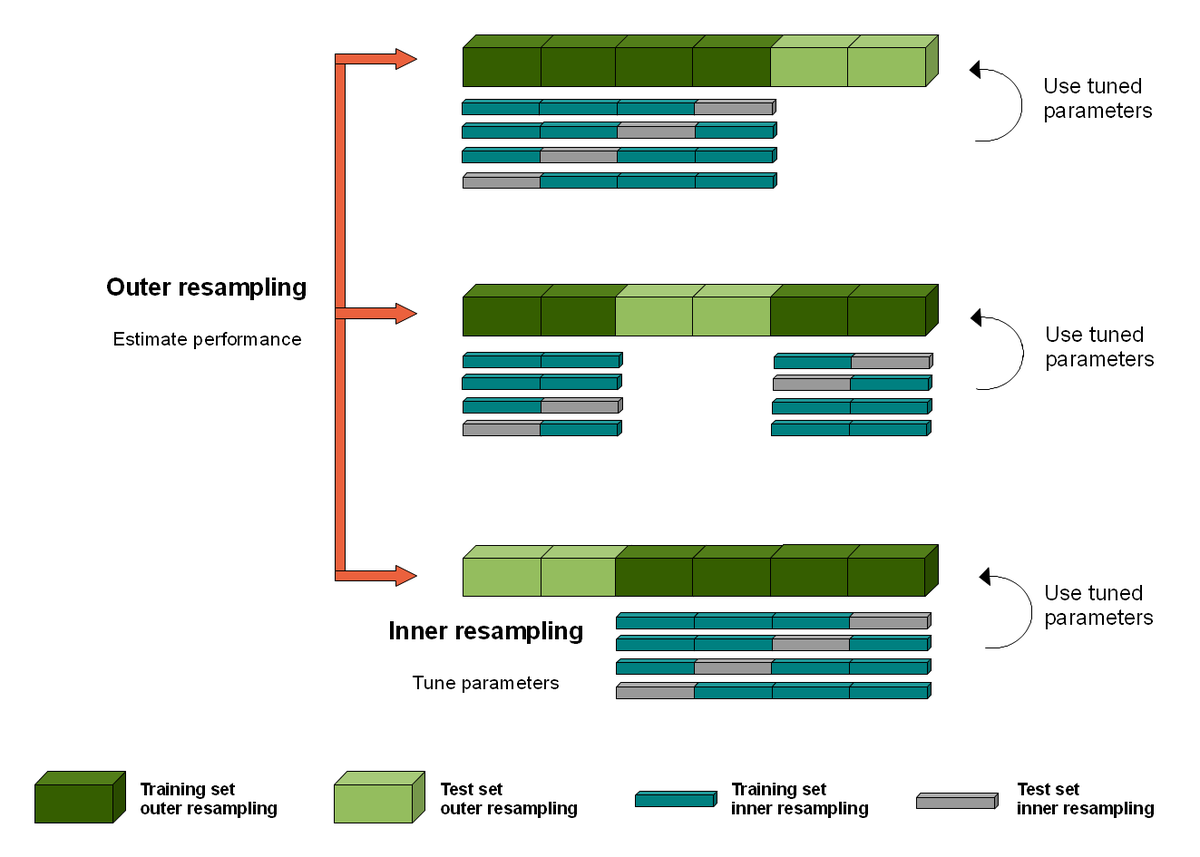#epitwitter
1/21
This is a weird question, right? Of course there is! One is a categorical class prediction, the other is a continuous variable. Stats 101, amirite?
Well, no.
2/21
1) they are continuous, not categorical
2) they are probabilities, meaning the numbers reflects some truth about a patient group and are not arbitrary
Weeeeell...
3/21
That is a bit cheeky though, the usual case: prob vs a low-number-of-classes classifier.
4/21
5/21
If you are making decisions based on small changes in predicted probability, you are making decisions based on statistical noise.
7/21
7b/21
bmcmedicine.biomedcentral.com/articles/10.11…
journals.plos.org/plosone/articl…
8/21
Well, what about the range of the probabilities? Risk scores are all focused at the low probabilities. "You have 100% chance of X" said no risk score ever.
9/21
So in practice, you only have 20 noisy levels to play with in the first place!
So given the statistical noise, maybe we should cut that down further? 10 levels? 5 levels?
10/21
Doc: you are high risk for heart attacks, you need to start statins.
Them: oh no! What is my risk?
Doc: 8%!
Them:
11/21
bbc.com/news/magazine-…)
11b/21
You don't just make a risk score and say "here you are doctors, use this as you will".
12/21
**This involves more research**
Usually an expert working group will decide on a use case, and clinicians start using it.
13/21
Guess what? That got updated to everyone above 7.5% after some years. Because more evidence came in.
14/21
Very idiosyncratic.
academic.oup.com/qjmed/article/…
15/21
But probabilities, particularly when presented to patients, seem *so damn science* that they are convincing.
17/21
I won't cover this again.
18/21
journals.sagepub.com/doi/10.1177/00…
qualitysafety.bmj.com/content/24/7/4… ncbi.nlm.nih.gov/pmc/articles/P…
19/21
Categorisation instead allows us to validate specific decision thresholds in real world practice, and broad classes are less affected by variability.
20/21
Please don't start talking about boating and weather apps again. I seriously doubt most sailors are making fine grained choices based on anything more than a few broad categorical predictions.
21/21





